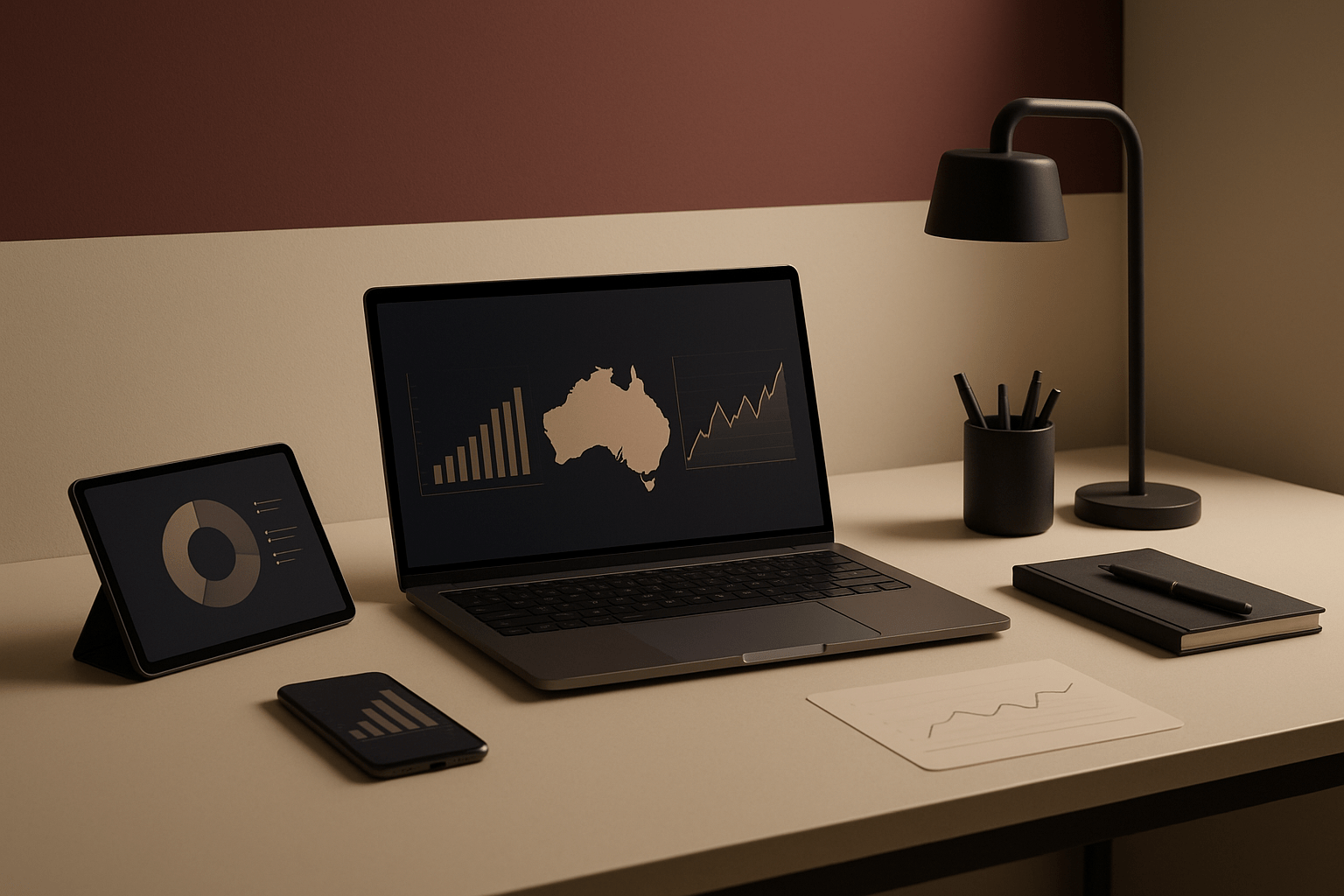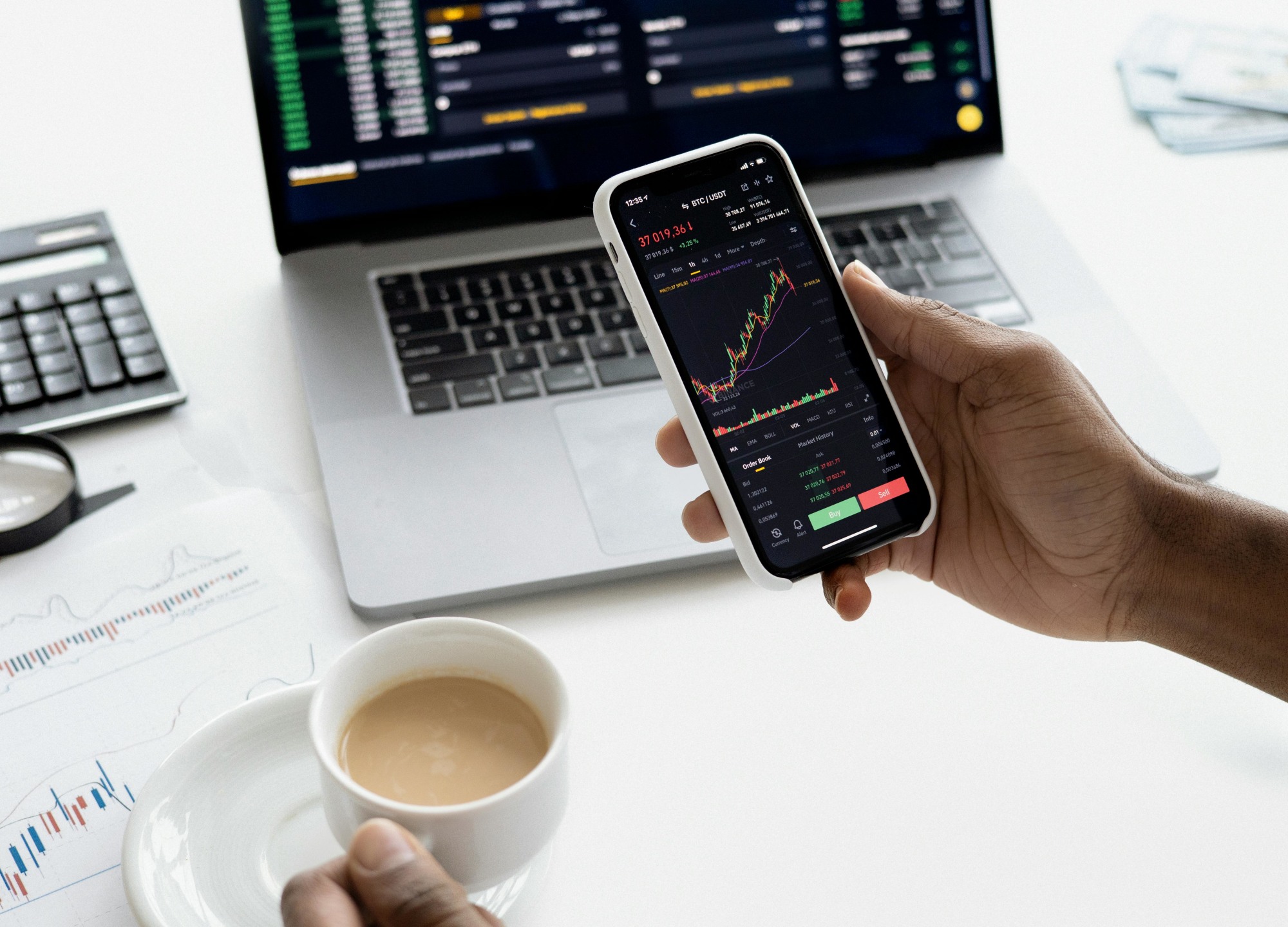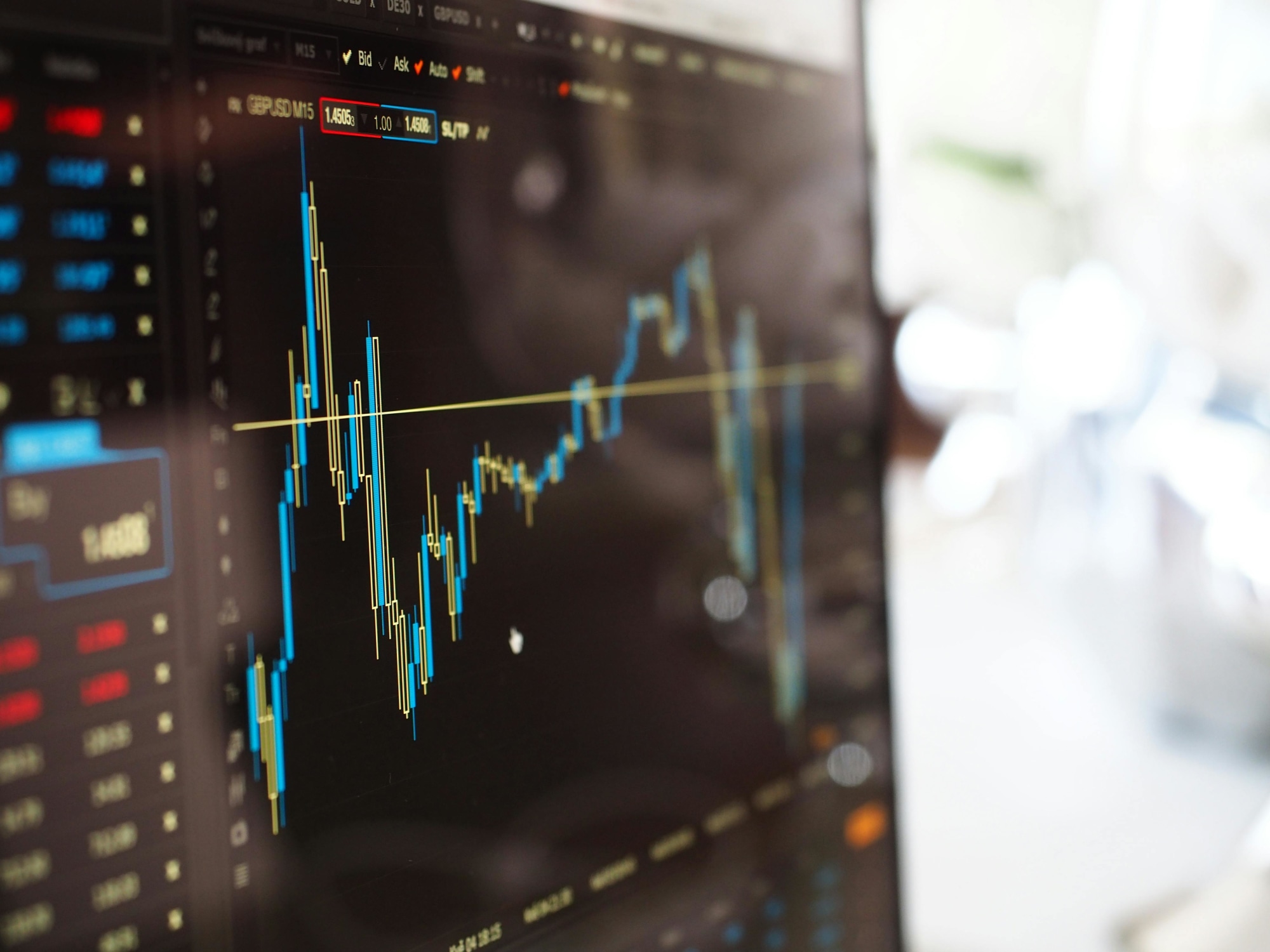Invest
Agency trading v proprietary trading
A broker or trading agency can execute trades for their clients or their own agency. The main difference between agency trading and proprietary trading is for whom the trade is executed or whose investment portfolio is modified.
Agency trading v proprietary trading
A broker or trading agency can execute trades for their clients or their own agency. The main difference between agency trading and proprietary trading is for whom the trade is executed or whose investment portfolio is modified.

Agency trading
Agency trading is any type of trade that the broker or participant executes for their clients in exchange for a brokerage fee.
This type of trade may come in the form of a direct order from the client or on the agency’s own volition if and only if the client gave the broker approval to do so.
How agency trading works
To better understand how agency trading works, consider the way discount and full-service brokers work.
Discount or non-advisory brokers simply execute agency trades when their client sends them an order. On the other hand, full-service or advisory brokers may execute certain trades that benefit their client’s portfolio if the client gave them prior approval, which is the case for managed funds that own a shares portfolio.

In both cases, the broker executes and/or initiates transactions for the benefit of their clients.
Proprietary trading
Proprietary trading – also known as prop trading – refers to when an agency or broker executes trades for the benefit of its own institution.
The broker uses only the company’s own money and alters, diversifies or improves its portfolio to hedge risks or increase profits. By extension, this means the firm does not and should not use any of its clients’ money in these transactions.
How does proprietary trading work?
Proprietary trading only affects the firm’s own portfolio. The broker or proprietary trader focuses only on finding better investment opportunities and executes profit-making strategies for the benefit of its own firm, not for its clients.
These traders don’t have to think about protecting the money and the portfolio of any of the institution’s clients, so they don’t have to focus on providing liquidity for their clients’ assets in case of a stressed market environment.
Unlike agency trading, proprietary traders are hired by firms to manage its own portfolio – hence, these traders don’t charge brokerage fees or receive profit.
Agency trading v proprietary trading
To better illustrate, consider the situation where the market experiences high volatility. A trading firm sees this volatility as a temporary circumstance that would clear up and create profit-making opportunities after a quarter. However, their strategy would differ depending on what type of trade they make.
Agency traders and risk
If the investor client is too shaken by the sudden drop in the value of their portfolio and wants to sell off the volatile assets, the agency trader can execute their orders. In the case of an advisory broker, they can explain their position and make appropriate recommendations. But advisory brokers are bound by their client’s decision and should execute orders according to it.
In the case of managed funds that allow clients to exit anytime, clients can simply sell their shares if they don’t like the direction the fund manager is taking. Because of this option, the fund manager must balance risk, opportunities and liquidity to keep the fund going.
Proprietary traders and risk
Proprietary traders, on the other hand, can retain their position or take advantage of high-risk conditions if they believe that it is temporary and would most likely result in profit.
About the author

About the author


Stock market
FOREX.com launches in Australia to empower self-directed traders
StoneX Group Inc. (NASDAQ: SNEX) has announced the Australian launch of FOREX.com, expanding access for self-directed traders to a global suite of Contracts for Difference (CFD) products across ...Read more

Stock market
Westpac and CMC Markets strengthen partnership to enhance online trading services
In a significant move that underscores the evolving landscape of online trading in Australia, CMC Markets Stockbroking has been chosen as the preferred vendor by Westpac Banking Corporation to extend ...Read more

Stock market
Portfolio reviews as an operating discipline: turning volatility into a competitive edge
In a higher-rate, higher-volatility world, portfolio reviews are no longer an annual hygiene task; they’re a core operating rhythm that protects cash flow, unlocks tax alpha, and sharpens risk ...Read more

Stock market
Fee war on the ASX: Global X’s A300 turns up the heat on core Aussie equity ETFs
Global X has lobbed a 0.04% management fee into Australia’s core equity sandbox, launching the Australia 300 ETF (A300) to take on entrenched giants. Read more

Stock market
Challenger IM shakes up the ASX with private credit note and a side of risk
Challenger Investment Management has taken private credit mainstream with an ASX-listed note structure—LiFTs—that secured roughly $100 million in cornerstone commitments within a day of launch. Read more

Stock market
International stocks: Diversifying your portfolio beyond Australia
In an increasingly globalized market, Australian investors have the opportunity to enhance their investment portfolio by incorporating international stocks. Diversifying your investments globally can ...Read more

Stock market
Stock market rally likely to continue regardless of Fed minutes tone, says deVere CEO
The bull run that has propelled Wall Street's major indexes to record highs this month is expected to continue regardless of the tone of the upcoming Federal Reserve minutes, according to Nigel Green, ...Read more

Stock market
US stock rally driven more by valuation growth than earnings, leaving tech names vulnerable: Innova
The strong gains in US stocks over the past year, particularly in the technology sector, have been driven more by expanding valuations than underlying earnings growth, leaving them exposed to a ...Read more

Stock market
FOREX.com launches in Australia to empower self-directed traders
StoneX Group Inc. (NASDAQ: SNEX) has announced the Australian launch of FOREX.com, expanding access for self-directed traders to a global suite of Contracts for Difference (CFD) products across ...Read more

Stock market
Westpac and CMC Markets strengthen partnership to enhance online trading services
In a significant move that underscores the evolving landscape of online trading in Australia, CMC Markets Stockbroking has been chosen as the preferred vendor by Westpac Banking Corporation to extend ...Read more

Stock market
Portfolio reviews as an operating discipline: turning volatility into a competitive edge
In a higher-rate, higher-volatility world, portfolio reviews are no longer an annual hygiene task; they’re a core operating rhythm that protects cash flow, unlocks tax alpha, and sharpens risk ...Read more

Stock market
Fee war on the ASX: Global X’s A300 turns up the heat on core Aussie equity ETFs
Global X has lobbed a 0.04% management fee into Australia’s core equity sandbox, launching the Australia 300 ETF (A300) to take on entrenched giants. Read more

Stock market
Challenger IM shakes up the ASX with private credit note and a side of risk
Challenger Investment Management has taken private credit mainstream with an ASX-listed note structure—LiFTs—that secured roughly $100 million in cornerstone commitments within a day of launch. Read more

Stock market
International stocks: Diversifying your portfolio beyond Australia
In an increasingly globalized market, Australian investors have the opportunity to enhance their investment portfolio by incorporating international stocks. Diversifying your investments globally can ...Read more

Stock market
Stock market rally likely to continue regardless of Fed minutes tone, says deVere CEO
The bull run that has propelled Wall Street's major indexes to record highs this month is expected to continue regardless of the tone of the upcoming Federal Reserve minutes, according to Nigel Green, ...Read more

Stock market
US stock rally driven more by valuation growth than earnings, leaving tech names vulnerable: Innova
The strong gains in US stocks over the past year, particularly in the technology sector, have been driven more by expanding valuations than underlying earnings growth, leaving them exposed to a ...Read more








